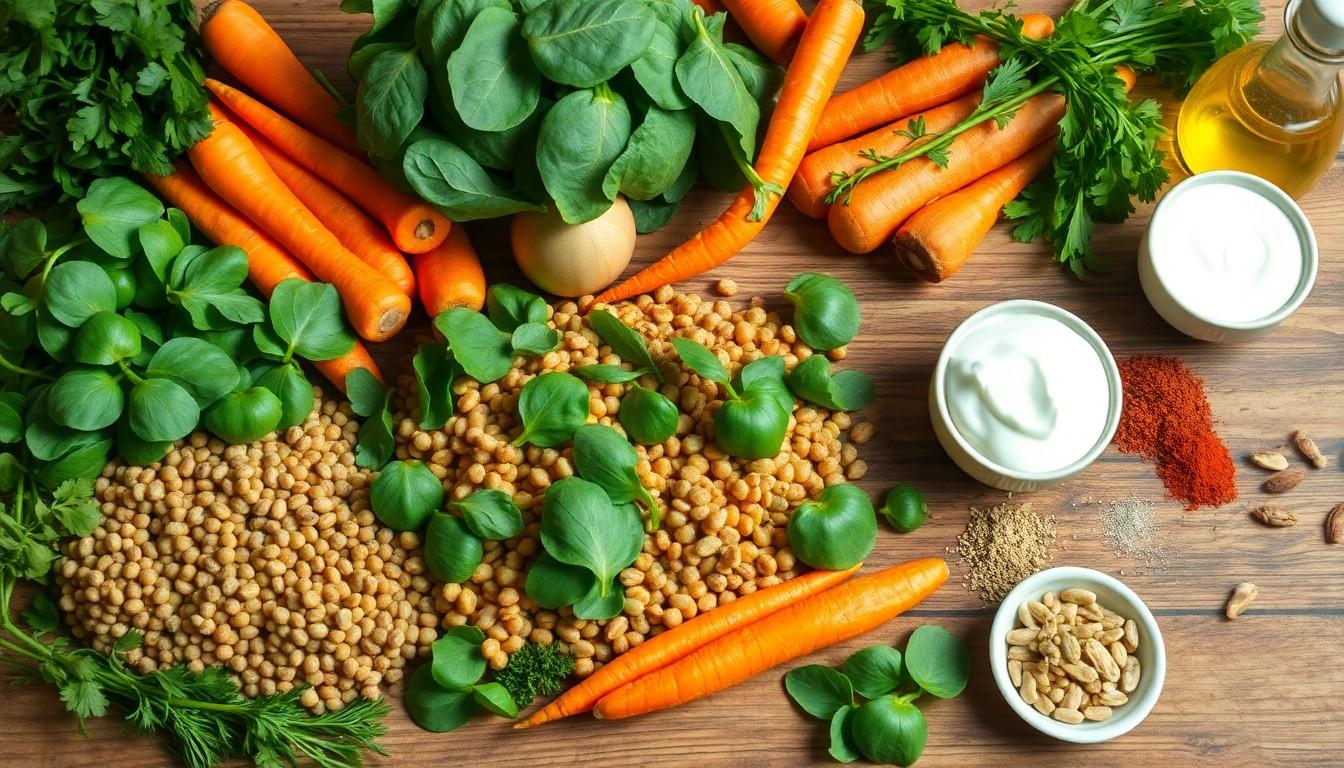Nillobada isn’t just a dish; it’s a culinary adventure that’ll take taste buds on a joyride. Imagine a delightful blend of flavors that dance together like they’re at a party—spicy, savory, and oh-so-satisfying. This traditional treat is a hidden gem that deserves a spot in every food lover’s recipe book.
Overview of Nillobada
Nillobada represents a vibrant culinary tradition rich in spices and textures. This dish features a unique blend of ingredients that harmonize to create an unforgettable taste experience. Commonly enjoyed in various settings, Nillobada showcases a balance of heat and savory flavors.
Cooking Nillobada begins with selecting quality ingredients like lentils and vegetables. Fresh herbs contribute aromatic notes that elevate the overall profile. The preparation process involves a careful layering of flavors, often starting with sautéing spices to release their essential oils.
Cooking techniques vary, leading to different interpretations across cultures. Many recipes emphasize slow cooking, allowing flavors to meld beautifully. This method enhances the dish’s complexity, providing a satisfying mouthfeel in each bite.
Culinary experts recommend pairing Nillobada with rice or flatbreads to create a balanced meal. These accompaniments complement the dish’s robust flavors while adding texture. Enjoying Nillobada with family or friends often transforms it into a communal event, celebrating its rich heritage.
Understanding the origins of Nillobada adds depth to its culinary appeal. This dish has roots in traditional practices, passed down through generations. Exploring its history reveals influences from various regional cuisines, contributing to its diverse flavor profile.
By incorporating Nillobada into meal plans, individuals can enjoy a delightful journey through flavors and cultures, enriching their culinary repertoire.
Ingredients Needed for Cooking Nillobada

A rich assortment of ingredients creates the vibrant flavors of Nillobada. Understanding these components helps in crafting the dish effectively.
Key Ingredients
Lentils serve as the foundation for Nillobada, providing a protein-rich base. Various vegetables like spinach, carrots, and potatoes add texture and nutrition. Fresh herbs such as cilantro and mint infuse the dish with aromatic richness. Spices including cumin, turmeric, and chili powder elevate the flavor profile. Oil or ghee is vital for cooking, ensuring the ingredients meld beautifully. Salt enhances the overall taste, bringing balance to the dish.
Optional Add-Ins
Adding yogurt can lend creaminess to Nillobada, creating a delightful contrast with spices. Nuts like cashews or almonds introduce crunch and depth, appealing to diverse palates. Different grains, such as quinoa or millet, may substitute for lentils, offering a unique twist. Incorporating seasonal vegetables enhances the dish’s freshness, allowing for creativity in preparation. Finally, a splash of lemon juice adds brightness, enhancing the overall flavor complexity.
Cooking Techniques for Nillobada
Cooking Nillobada combines tradition and innovation, allowing various techniques to shine. Mastering these methods ensures a flavorful dish rich in heritage.
Traditional Methods
Traditional cooking methods emphasize slow cooking for Nillobada. Chefs often use clay pots or heavy pans to promote even heat distribution. Ingredients simmer over low heat, which melds flavors beautifully. Gathered around a communal pot, families engage in preparation, making it a social event. Long cooking times develop depth, allowing spices to integrate fully. Additionally, using fresh ingredients enhances the aroma, making each meal a fragrant experience. Firewood or charcoal stoves often bring added smokiness, enriching the dish’s overall profile.
Modern Adaptations
Modern adaptations introduce convenience into preparing Nillobada. Chefs often utilize pressure cookers to significantly reduce cooking time. Electric stoves enable precise temperature control, allowing for consistent results. Many individuals explore fusion styles by adding non-traditional ingredients like quinoa or different spices. Convenience foods, such as pre-chopped vegetables, streamline preparation. Introducing meal kits offers a contemporary touch, simplifying the cooking process while still retaining flavors. These adaptations make Nillobada accessible to a wider audience, bridging culinary traditions with current dining trends.
Tips for Perfecting Your Nillobada
Perfecting Nillobada involves careful consideration at every stage, from ingredient selection to cooking methods. Paying attention to common mistakes and enhancing flavor profiles significantly improves the dish.
Common Mistakes to Avoid
Choosing low-quality ingredients leads to lackluster results, affecting the overall taste. Not washing lentils and vegetables properly can result in grit and impurities. Overcooking vegetables often makes them mushy and bland, compromising texture. Skipping the slow cooking process diminishes flavor depth; patience is essential. Ignoring seasoning adjustments may lead to a bland dish, so tasting throughout is key.
Enhancing Flavor Profiles
Incorporating fresh herbs like cilantro and mint elevates aromatic qualities significantly. Adding spices like cumin and turmeric enhances the complexity of the dish. Introducing citrus, such as lemon juice, brightens flavors and adds a zesty kick. Experimenting with different vegetables allows for taste variation and nutritional diversity. Using ghee instead of oil imparts a richer flavor, improving overall satisfaction.
Conclusion
Cooking Nillobada is more than just preparing a meal; it’s about embracing a rich culinary tradition that brings people together. By focusing on quality ingredients and the right techniques, anyone can create a dish that’s both flavorful and satisfying. The versatility of Nillobada allows for endless creativity, making it a perfect addition to any home cook’s repertoire. Whether enjoyed in a communal setting or as a comforting solo meal, Nillobada promises a delightful journey through taste and culture. With these tips and insights, it’s time to gather the ingredients and embark on this culinary adventure.

